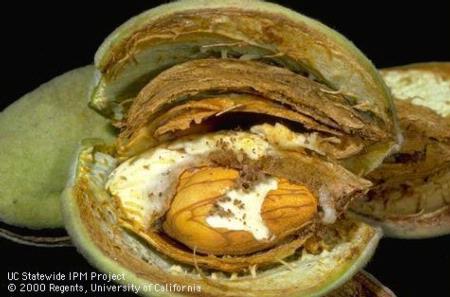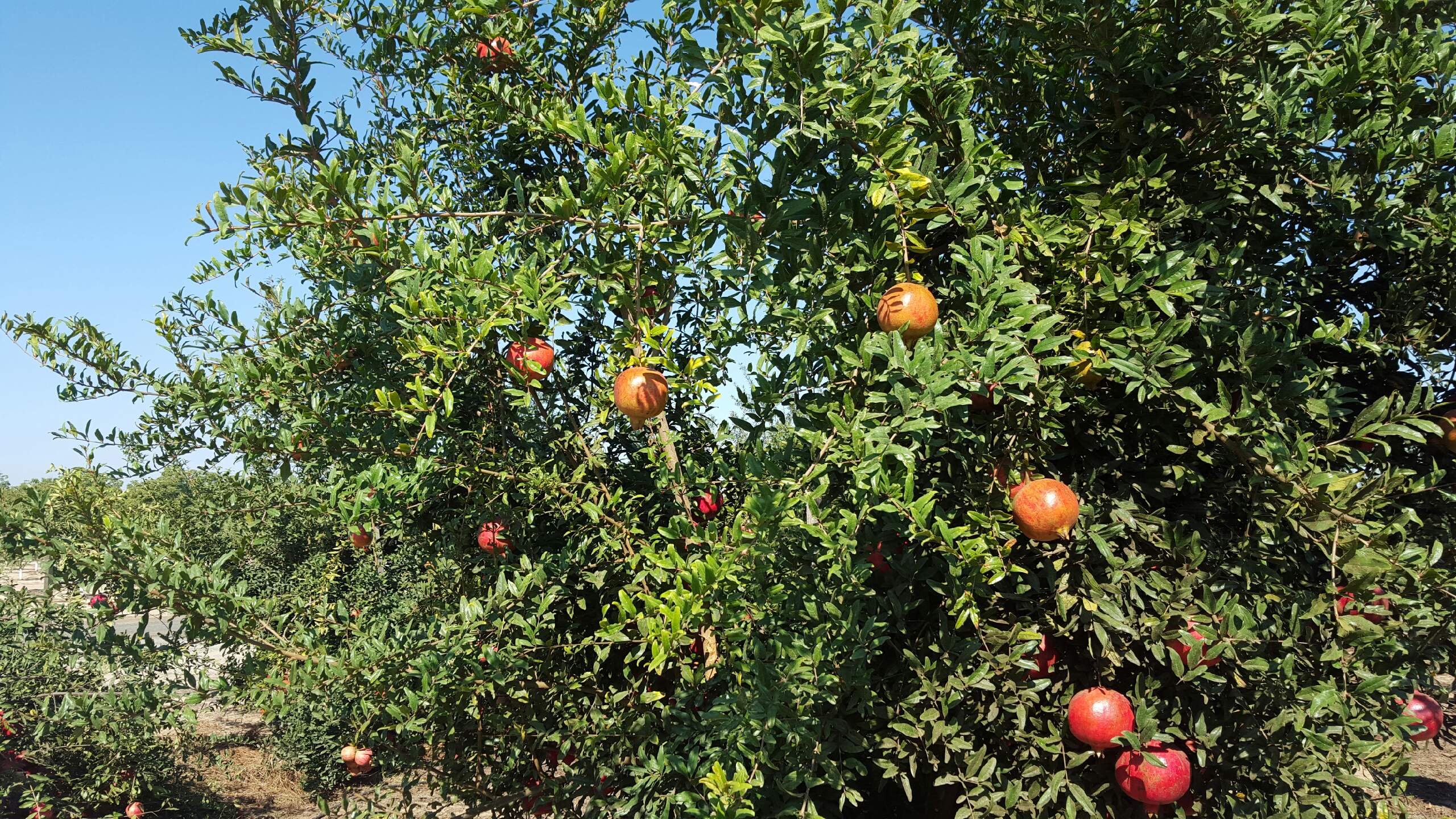Drought Tolerant Sorghum in CA
California Ideal for Drough Research
By Jessica Theisman, Associate Editor
Research is being done on drought tolerance and sorghum. California Ag Today recently spoke with Jeff Dahlberg, director of the Kearney Agricultural Research and Extension Center in Parlier about the topic.
“The sorghum research has gone pretty well for the drought tolerance; we have just finished publishing our fifth article on their first year of data,” he said.
There is a lot of interest in the research findings developing through all the drought work. California is a unique spot to do drought work on a field scale because it does not rain very often.
“That allows us to basically control the field through our ability to add water whenever we want to. I’m really excited about this,” Dahlberg said.
There are genes that are turned off and on with the application and/or lack of water.

Jeff Dahlberg, director of the Kearney Agriculture Research and Extension Center in Parlier, Fresno County
“The challenge for us now is to start taking all this data and trying to make some sense out of it,” Dahelberg explained.
It is critical to find out which genes are needed for drought tolerance and how they can get them expressed in plants.
“I think this is long-term basic research but has long-term implications in our ability to produce more drought tolerant crops to help feed the world,” Dahlberg said.
Sorghum has a long-standing history in California. It was grown here in the late 1800s. The USDA brought sorghum to California as a drought-tolerant feed.
“In the 1960s, there were almost 400,000 acres of grain sorghum grown in the state, primarily as a rotation crop for cotton,” Dahlberg said.
This crop is making a come-back with all of the droughts California has been going through.
“It’s a very drought tolerant crop. Probably one of the most drought tolerance cereal crops that we grow worldwide,” Dahlberg explained.



















